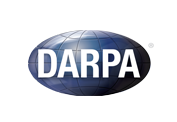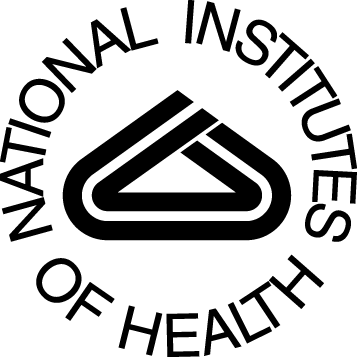Last updated February 8, 2016
© Matthew Harrison




Any opinions, findings, conclusions or recommendations expressed in this material or material obtained from this website are solely those of the author and do not necessarily reflect the views of Brown University, NSF, DARPA, NIH or any other sponsor.